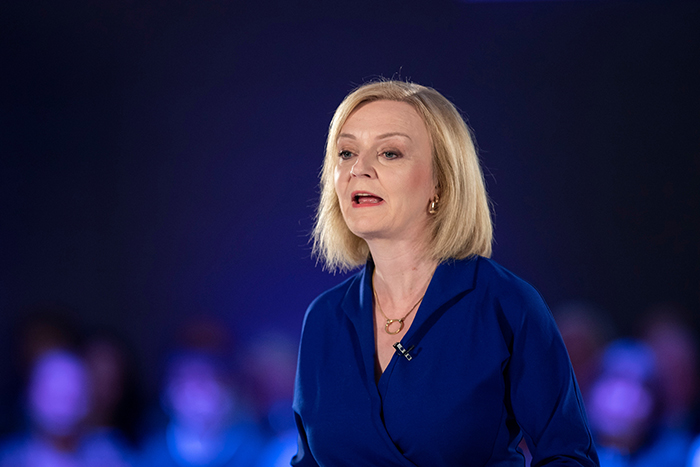
Almost 70% of all properties listed in the first quarter of this year have sold so far indicating a ‘robust performance against significant and determined headwinds’.
These are the findings of the latest property and homemover report from TwentyCi, which makes comparisons between the market today and pre-pandemic figures in early 2019.
The property and data insight specialist found that while sales are down 7.5% in the first quarter of this year compared to Q1 in 2019, the ratio of sales agreed to new instructions remains at pre-pandemic levels.
It says 269,000 residential sales have been secured so far this year, with nearly 70% of all listed properties sold. The decline in new instructions may be mitigated by a significant injection of new supply into the market in March.
Sales agreed and exchanges are lower than 2019, at -7.48% and -9.05% respectively, but it’s felt this may also be rebalanced by the March activity. And this is in an environment where prices are still 24% above pre-pandemic levels.
The number of fall throughs (6.15%) and price changes (5.02%) have also increased but remain ‘remarkably low considering the unprecedented coincidence of economic and geo-political shocks’, the report says.
TwentyCi chief executive Colin Bradshaw comments: “Our Q1 2023 report provides a comparison with 2019 which is widely considered to be the last period in which normal market conditions operated.
“The intervening period is peppered with quantum shocks including the rollercoaster of the pandemic; the fiscal policy changes effected through the Stamp Duty holiday; monetary policy pushing up interest rates to tackle inflation; and the short, but damaging tenure of Liz Truss as Prime Minister.
“Many media commentators would have us believe the property market is in free fall. Whilst the level of transactions and price increases is not matching the volumes or inflation seen in the last three years, a re-calibration was always likely.
“In reality the property market has demonstrated a robust performance against significant and determined headwinds.”
The decline in sales agreed was mirrored across the regions and cities with only the North East, inner London and Scotland bucking the downward trend. Areas in which the decrease was greatest include the East Midlands, down 15.3% and the West Midlands, down 13.6%.
Average asking prices remained stable at £420,000, which although lower than 2022’s peak, is still a 24% increase compared to 2019. These gains vary from 11.8% in inner London to 32% in Wales.
In terms of availability of stock, levels are now 9% off historical norms, representing a significant improvement on 2021 figures.
“Whilst doomsday scenarios can’t be ruled out, it seems there is room for that old phrase – cautious optimism. As energy prices ease and interest rates and inflation look set to be near peaks or trending downwards, stable or upside scenarios have certainly started to look more credible,” Bradshaw adds.



